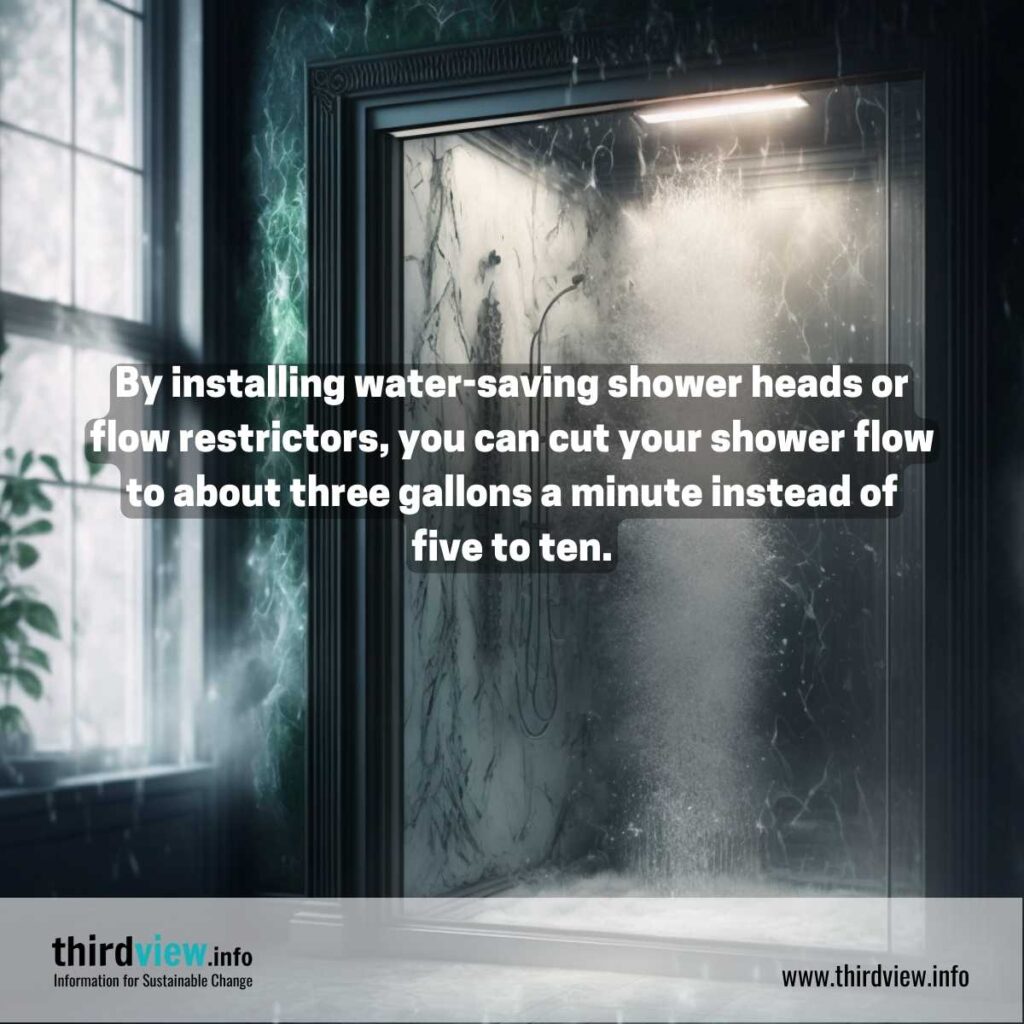All about Reclaim Waste
All about Reclaim Waste
Blog Article
The 30-Second Trick For Reclaim Waste
Table of ContentsGetting My Reclaim Waste To WorkSome Known Factual Statements About Reclaim Waste 4 Simple Techniques For Reclaim WasteIndicators on Reclaim Waste You Should KnowNot known Incorrect Statements About Reclaim Waste
Explore the kinds, incidents, and types of fluid waste. Residential sewer waste refers to the waste and items from a household septic container. This kind of waste is developed by human beings in homes, schools, and various other buildings. This only consists of septic systems that have a drainpipe field. The proper monitoring and disposal of domestic sewage waste require liquid waste to be transferred to a sewer treatment plant where the correct methods and devices are used to detoxify and throw away waste.
Commercial waste often consists of possible risks, such as combustible products or a mix of fluid and strong waste items, and requires an advanced and detailed disposal process. The disposal of business waste typically includes the filtering of waste prior to transport to ensure risk-free and correct disposal. Hazardous waste is created from byproducts and overflow of industrial procedures and manufacturing.
This sort of waste can not make use of the same sewage administration transportation or processes as septic or industrial fluids. The hazardous waste monitoring procedure calls for the examination and screening of fluid waste prior to it undertakes the disposal procedure (liquid waste disposal melbourne). Runoff waste is the liquid waste that comes from runoff and excess stormwater in highly populated locations or cities
Drainage waste can trigger contamination and flooding if not dealt with correctly. Discover more about sewer cleansing and waste monitoring. Making certain correct waste administration can stop calamities and reduce environmental damage. Both individuals in domestic setups and specialists in commercial or production industries can profit from comprehending the processes and guidelines of fluid waste monitoring.
Rumored Buzz on Reclaim Waste
Contact PROS Solutions today to discover our waste administration and disposal solutions and the appropriate means to care for the fluid waste you produce.
(https://moz.com/community/q/user/reclaimwaste1)Do you understand what happens to your water when you disengage, flush the commode or drain pipes the washing equipment? No? Well, it's worth understanding. This so-called 'wastewater' is not just an important source however, after therapy, will be launched to our land, waterways or the sea. Utilized water from toilets, showers, bathrooms, kitchen sinks, washings and commercial processes is referred to as wastewater.

water utilized to cool down equipment or tidy plant and equipment). Stormwater, a kind of wastewater, is overflow that streams from agricultural and city areas such as roofs, parks, gardens, roads, paths and seamless gutters right into stormwater drains, after rainfall. Stormwater flows neglected directly to regional creeks or rivers, at some point getting to the ocean.
The smart Trick of Reclaim Waste That Nobody is Discussing
In Queensland, most wastewater is treated at sewage therapy plants. Wastewater is transferred from domestic or commercial sites with a system of drains and pump terminals, recognized as sewerage reticulation, to a sewage therapy plant.
The Department of Natural Resources suggests local federal governments concerning managing, operating and keeping sewerage systems and therapy plants. In unsewered areas, local governments might call for owners to set up private or home sewage treatment systems to treat residential wastewater from commodes, cooking areas, washrooms and washings. The Department of Natural Resources authorises making use of family systems when they are shown to be effective.
In some new class, treatment of some stormwater to remove clutter, sand and crushed rock has started utilizing gross toxin catches. Wastewater therapy occurs in four phases: Eliminates strong matter.
Wastewater then flows right into big tanks where solids resolve and are gotten rid of as sludge. Oil and residue are skimmed from the surface area. Makes use of little living microorganisms understands as micro-organisms to damage down and eliminate remaining liquified wastes and fine bits. Micro-organisms and wastes are included in the sludge. Removes nitrogen and phosphorus nutrients that could trigger algal blooms in our rivers and endanger aquatic life.
Excitement About Reclaim Waste
Nutrient removal is not offered in any way sewer therapy plants due to the fact that it needs pricey specialist tools. It is becoming much more usual in Queensland. Clear fluid effluent generated after therapy might still consist of disease-causing micro-organisms. If this effluent is launched into waterways such as rivers or the sea, the micro-organisms will at some point pass away out.

The majority of wastewater streams into the sewage system. Under the Act, local federal governments provide approvals and permits for ecologically relevant activities (Periods) involving wastewater launches that might have a local impact.
Not known Incorrect Statements About Reclaim Waste
Otherwise, examples are taken for lab analysis. Commonly many tests are required to establish the levels of each of the various contaminants such as oils, hefty steels and pesticides in water. Monitoring offers accurate details about water high quality and can validate that permit problems are being satisfied. The details obtained through tracking supplies the basis for making water top quality decisions.
Report this page